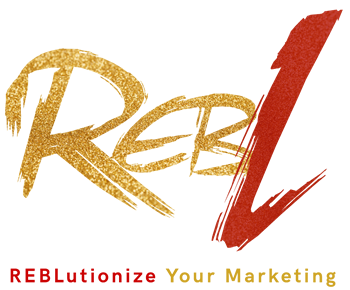
The customer acquisition process needs to evolve as your business does. Here are three strategies you can implement this year to improve your customer acquisition process and see better results.
To increase engagement rates, integrate video content into your sales emails.
Video in sales content is a powerful medium that captures attention. And it’s effective for conversions, too, with over 60% of people deciding to buy after watching a branded video.
You have to figure out a way to cut through all of the noise – and video is a surefire way to do that. Otherwise, your email could get lost in a prospect’s inbox. The important thing is that you get a visual message in front of your target audience so they are compelled to book an appointment, contact you or make a purchase.
To do that, make sure you:
- Keep your video between 30 and 60 seconds.
- Highlight customers’ pain points and how you can help.
- Don’t forget your call to action.
- Put the word “video” in the subject line.
Nurture leads through targeted email campaigns.
Leads need to be nurtured. You don’t know where your potential client is in their decision-making process. So, provide valuable information and soft nudges to take action until they’re ready to buy. Decision-makers are busy, and you want to stay top of mind until they’re ready to take action. Maybe they need to learn more or just recently encountered a problem that you can solve. If you’re not reaching out to them periodically, they will forget about you and move on to your competition. This is why it’s so important to familiarize yourself with modern email marketing as a way of retaining leads.
Remember, targeting is key. You’re no longer sending mass emails. Instead, they’re tailored to the audience, and the content within is brief and relevant to your lead. Bit by bit, you’re sharing information with them as they need it, as opposed to bombarding them with a flood of information. This leaves them satisfied, rather than overwhelmed. After all, when you send emails, you don’t want to shove your brand at people. Instead, before you send anything, think, “What’s in it for the customer? What do they really want to know?”
A targeted campaign will allow you to send all sorts of information to your leads over a long period of time. It ensures prospects have what they need to make a decision about your product. Once they buy, they come off that particular email campaign. However, sending new information every few weeks allows each lead to stay connected to you.
Some people need more information before deciding, while some people need more time. The personalized campaign caters to both. Plus, there are plenty of emails for them to click when they’re ready to make their decision. It’s a gentle way of guiding them through the sales funnel so they aren’t forgotten along the way.
Use technology to make sales and marketing more efficient.
CRM stands for customer relationship management. This approach utilizes customer data to make it easier for sales and marketing teams to interact with customers.
The sales team can use a CRM approach to better organize all potential leads, pipelines and contact information in a centralized location. The sales team can also track data based on customer response time and evaluate which approaches work best. By using CRM software, you can automate responses. For instance, if a client does not respond, you can set up your software to send them a follow-up within a few days. This saves time for the sales team and increases productivity.
Likewise, the marketing team can use the marketing automation approach to create better campaigns, with more focused targeting and segmentation. Using a marketing automation approach reduces the time needed to create sophisticated customer relationships.
The CRM approach can be used in tandem with marketing automation software, which enables a team to send personalized campaigns and specific pitches to the right potential clients. Automation tools make tasks easier by having technology assist with repetitive aspects, as well as freeing up the sales and marketing teams to be more productive. By grouping potential clients based on interests and past buying behavior, campaigns can become more targeted and effective. This leads to higher conversion rates, as well as better nurturing of leads.
A CRM approach increases collaboration between the sales and marketing teams, as both teams will share information of what they are doing and planning. This leads to more efficient communication and a better understanding of what each department does.
It’s time to start thinking about customer acquisition strategy differently. It will increase company revenue, streamline efforts and create a better overall customer experience.
Written by Reb Risty for the YEC Council. Link to full article here – https://www.forbes.com/sites/theyec/2020/03/27/power-up-your-customer-acquisition-process-in-2020/#758c53cd24c2




